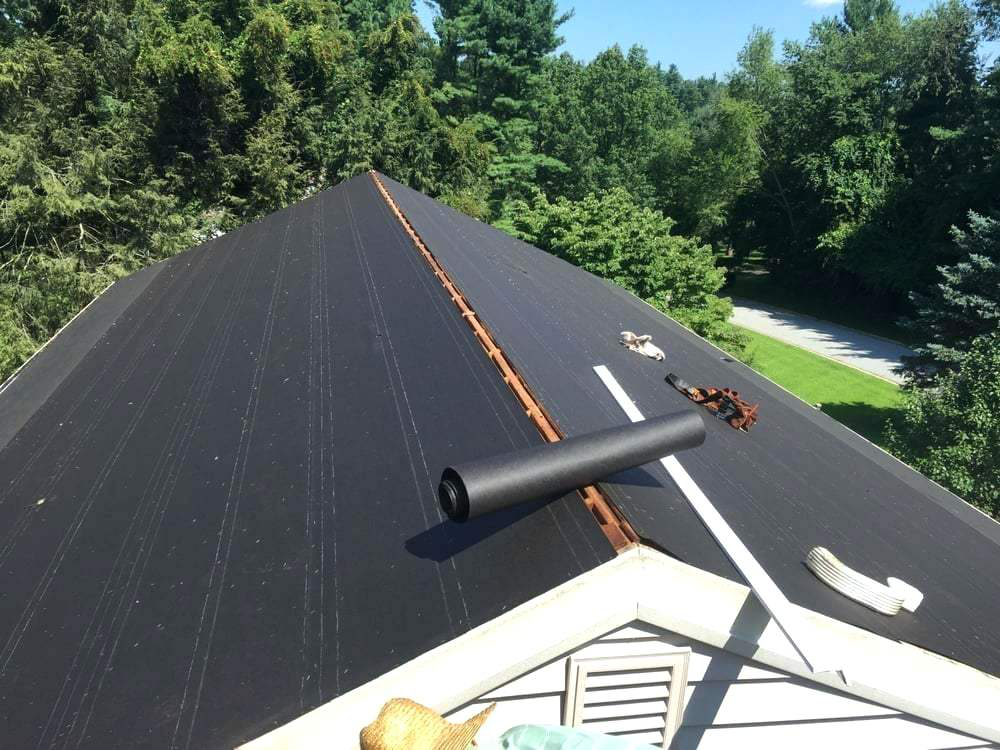News & Events
The importance of the underlayment for the floor installation
Underlayment is of great significance to floor installation. If you are thinking about installing new floor to your house, you might need to give some concern to the underlayment, which is an middle surface between subfloor and surface floor. Ideally, all types of floor requires an underlayment. The purpose may vary but it’s indeed beneficial:
1: it serves as moisture barrier and prevent mold and germ growth;
2: It levels the tiny crack of subfloor and prevent floor damage in the long term
3: It provides shock cushion that makes walking on it safer for kid and senior citizen
4: It provides thermal and sound insulation to create better living environment.
In the market, you will find all kinds of underlayment including PE foam, EVA, IXPE, felt, cork,plastic sheet, even engineered board. It’s not an easy job to choose if you don’t know about it. Hope this passage can give you some idea when you don’t know what to choose.
For Wood Floors
When it comes to wood floor installation, moisture prevention is of ultimate importance. The National Wood Flooring Association publishes specific guidelines for acceptable moisture levels in plywood and concrete subfloors, and failure to adhere to these can result in cupping, crowning and gapping of hardwood floorboards. In addition , the NWFA specifies a vapor barrier with a permeability between 0.7 and 10 perm(A perm rating is the unit telling us the mass rate of water vapor flowing through one square foot of material. To put it simply, the higher the perm rating, the more water vapor can travel through a material). Among the materials that satisfy its criteria are asphalt laminated paper (tar paper) and asphalt-saturated kraft paper. Plastic sheeting is not a recommended material because it can trap moisture and accelerate the aging of
floor.

Tar paper can also be applied as great underlay besides being put on the roof.
You'll also find wood floor underlayment made from materials such as cork, rubber and felt. These are all suitable as long as they satisfy NWFA's permeability requirements, although they may be more expensive than tar paper or kraft paper. Their main advantage is that they provide a cushion, as well as a limited amount of thermal and sound insulation. However, these materials are generally higher in price than the tar paper. In particular, cork is becoming increasingly popular because of its sound deadening property.
For Tile Floors
The traditional way to prepare for tile is to lay a smooth mortar bed. It's a grueling procedure that requires skill, and many professional tilers still do it. However, it's much easier to install ceramic tile on a plywood or cement board underlayment instead. Like mortar, cement board is smooth and stable, and it's moisture proof. By itself, cement board is a suitable underlayment for tile.
Cement backer board is the best underlayment for tiles.
If you're installing tile over an existing concrete pad or on a traditional mortar bed, cement board would be redundant. However, you still need an underlayment to isolate the tiles from the concrete subfloor and prevent cracks. The most popular underlay for this purpose is known by its brand name: Schluter Ditra. It's a German product with indentations that accept the tile mastic, and the other side is a fibrous material that sticks to wet mortar.
Underlayment for Vinyl Floors
Similar to tile, if you're gluing vinyl floor, you should first install a layer of 1/4-inch or thicker plywood and glue the vinyl floor onto that. A-grade hardwood plywood with a close grain is the best choice. OSB and hardboard generally aren't recommended. We do not recommend installing sheet vinyl flooring on concrete pads that are on or below grade unless the pad has been installed over a vapor barrier and the moisture content of the concrete is within acceptable limits. It's important to always check manufacturer's recommendations before installing any type of flooring.
However, for some vinyl floor, you don't need an underlayment, since the planks are manufactured with their own underlayment component. It’s highly recommended to use underlayment when installing click vinyl tiles or wood-plastic composite planks. Both of these products are vulnerable to moisture damage, so the underlayment is functions primarily as a vapor barrier. You might choose an underlay that also provides some cushioning and insulation. Normally, IXPE is a common choice.





.png?v=20250426)


 Richard Liu
Richard Liu +86.519.8585.1798 Fax:+86.519.8585.6878
+86.519.8585.1798 Fax:+86.519.8585.6878 info@xinflooring.com ( 7*24 hours online)
info@xinflooring.com ( 7*24 hours online) Science & Technology, Industrial Park, Hutang Town, Wujin District, Changzhou City, Jiangsu Province, 213162, China.
Science & Technology, Industrial Park, Hutang Town, Wujin District, Changzhou City, Jiangsu Province, 213162, China.